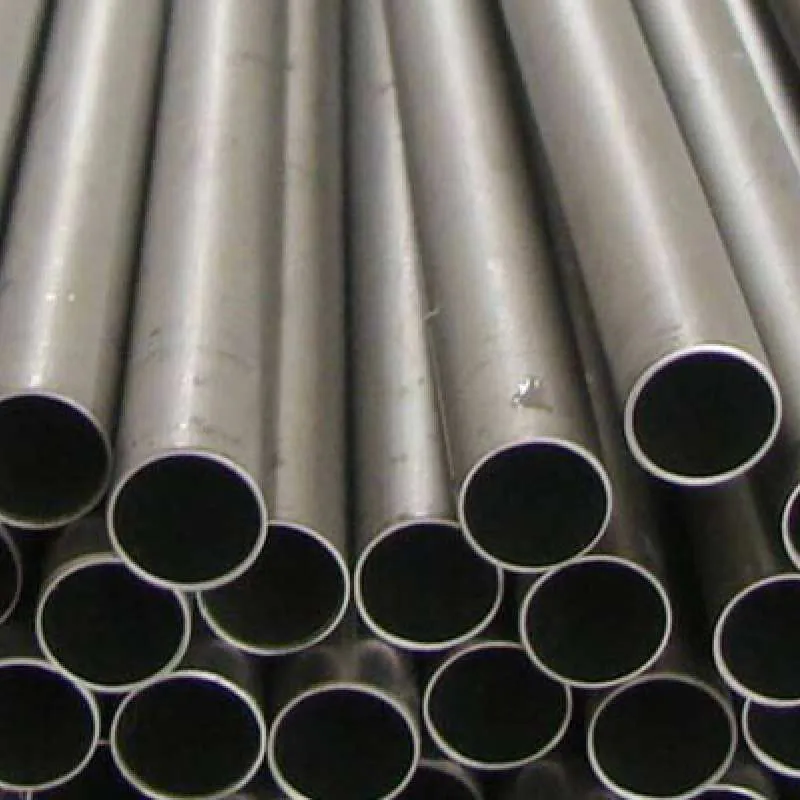-
Cangzhou Yulong Steel Co., Ltd.
-
Phone:
+86 13303177267 -
Email:
admin@ylsteelfittings.com
- English
- Arabic
- Italian
- Spanish
- Portuguese
- German
- kazakh
- Persian
- Greek
- French
- Russian
- Polish
- Thai
- Indonesian
- Vietnamese
- Zulu
- Korean
- Uzbek
- Hindi
- Serbian
- Malay
- Ukrainian
- Gujarati
- Haitian Creole
- hausa
- hawaiian
- Hebrew
- Miao
- Hungarian
- Icelandic
- igbo
- irish
- Japanese
- Javanese
- Kannada
- Khmer
- Rwandese
- Afrikaans
- Albanian
- Amharic
- Armenian
- Azerbaijani
- Basque
- Belarusian
- Bengali
- Bosnian
- Bulgarian
- Catalan
- Cebuano
- China
- China (Taiwan)
- Corsican
- Croatian
- Czech
- Danish
- Esperanto
- Estonian
- Finnish
- Frisian
- Galician
- Georgian
- Kurdish
- Kyrgyz
- Lao
- Latin
- Latvian
- Lithuanian
- Luxembourgish
- Macedonian
- Malgashi
- Malayalam
- Maltese
- Maori
- Marathi
- Mongolian
- Myanmar
- Nepali
- Norwegian
- Norwegian
- Occitan
- Pashto
- Dutch
- Punjabi
- Romanian
- Samoan
- Scottish Gaelic
- Sesotho
- Shona
- Sindhi
- Sinhala
- Slovak
- Slovenian
- Somali
- Sundanese
- Swahili
- Swedish
- Tagalog
- Tajik
- Tamil
- Tatar
- Telugu
- Turkish
- Turkmen
- Urdu
- Uighur
- Welsh
- Bantu
- Yiddish
- Yoruba

Aug . 13, 2024 12:46 Back to list
Exploring Innovative Techniques in the Production of High-Quality Casting Products for Diverse Industries
Casting Products A Comprehensive Overview
Casting products are integral components across various industries, serving as the foundation for countless applications, from automotive parts to intricate machinery. The casting process, a method of shaping materials by pouring molten metal into molds, allows for the creation of objects with complex geometries and superior mechanical properties. This article will explore the significance, processes, and advancements in casting products, emphasizing their crucial role in modern manufacturing.
The Significance of Casting Products
Casting is one of the oldest manufacturing processes known to humanity, with roots stretching back thousands of years. Today, it remains a fundamental technique in metalworking, primarily due to its versatility and efficiency. Casting products can be made from a variety of metals, including aluminum, iron, steel, and brass, each chosen based on the application's requirements. For instance, aluminum castings are prized for their lightweight and corrosion-resistant properties, making them ideal for aerospace and automotive applications.
The ability to produce components with a high degree of complexity is perhaps the most significant advantage of casting. Intricate designs that would be challenging or impossible to achieve through other manufacturing methods can be accomplished with relative ease in casting. This capability opens doors for innovation and creativity, allowing designers and engineers to push the boundaries of product development.
The Casting Process
The casting process can be categorized into several types, each with its unique techniques and applications
1. Sand Casting This is one of the most common forms of casting. It involves creating a mold from sand and a bonding agent. The molten metal is poured into the mold cavity, and after it solidifies, the mold is broken away to reveal the casting. This method is favored for its simplicity and low cost, making it suitable for low to medium production runs.
casting products

2. Die Casting In this method, molten metal is forced into a mold under high pressure. Die casting is known for producing parts with excellent dimensional accuracy and smooth surface finishes. It is commonly used for high-volume production runs, especially in the automotive and consumer goods sectors.
3. Investment Casting Also known as lost-wax casting, this method involves creating a wax model of the desired part, which is then coated with a refractory material. Once the coating hardens, the wax is melted away, leaving a mold for molten metal. Investment casting is ideal for producing highly detailed and complex components, often used in aerospace and medical applications.
Advancements in Casting Technologies
The casting industry has witnessed significant advancements in recent years, driven by technological innovations and the growing demand for high-quality, precision-engineered products. The introduction of computer-aided design (CAD) and computer-aided manufacturing (CAM) has streamlined the design and production process, enabling faster prototyping and reduced time-to-market.
Moreover, advancements in materials science have led to the development of new alloys and composites that enhance the performance of casting products. These materials can withstand higher temperatures, resist corrosion, and deliver improved strength-to-weight ratios, meeting the evolving requirements of modern applications.
Sustainability has also become a focal point in the casting industry. Companies are increasingly adopting green practices, such as recycling metal scrap and implementing energy-efficient manufacturing processes to minimize environmental impact. The use of 3D printing technologies for mold making is another promising trend, allowing for more efficient material usage and reduced waste.
Conclusion
In conclusion, casting products play a vital role in today's manufacturing landscape, offering unparalleled design flexibility and efficiency. As technology continues to evolve, the casting process will undoubtedly adapt, paving the way for new possibilities in product development. The industry's commitment to innovation and sustainability will ensure that casting remains a cornerstone of modern engineering for years to come.
Latest news
-
ANSI 150P SS304 SO FLANGE
NewsFeb.14,2025
-
ASTM A333GR6 STEEL PIPE
NewsJan.20,2025
-
ANSI B16.5 WELDING NECK FLANGE
NewsJan.15,2026
-
ANSI B16.5 SLIP-ON FLANGE
NewsApr.19,2024
-
SABS 1123 FLANGE
NewsJan.15,2025
-
DIN86044 PLATE FLANGE
NewsApr.19,2024
-
DIN2527 BLIND FLANGE
NewsApr.12,2024
-
JIS B2311 Butt-Welding Fittings LR/SR 45°/90° /180°Seamless/Weld
NewsApr.23,2024











